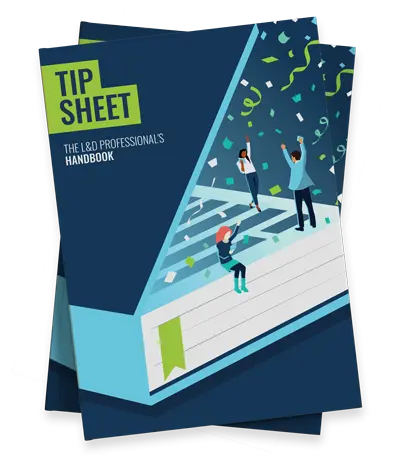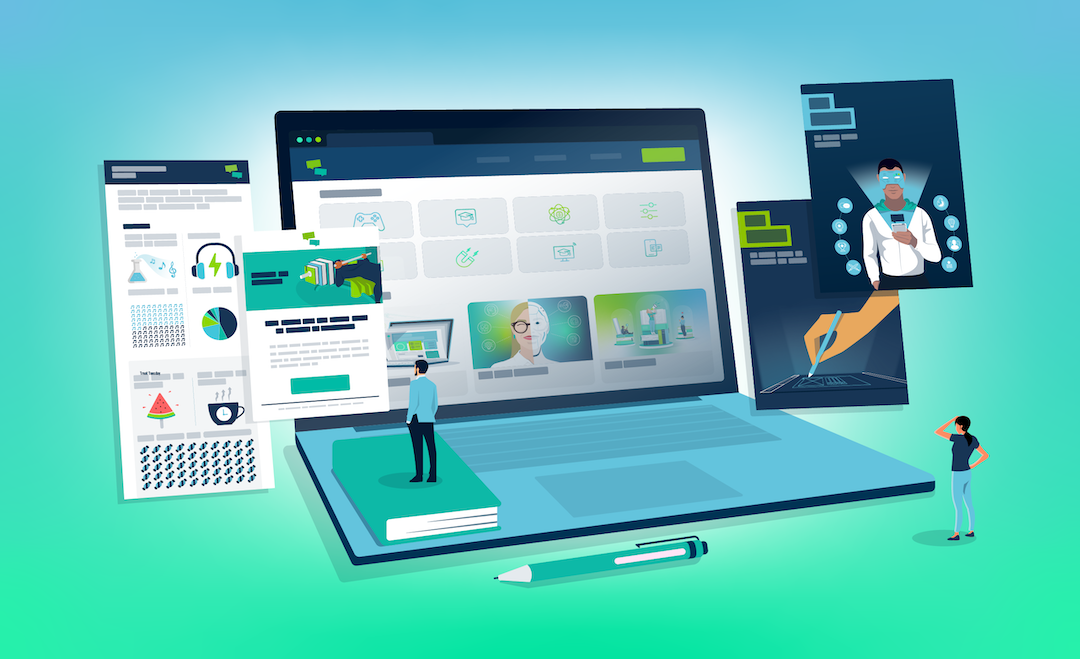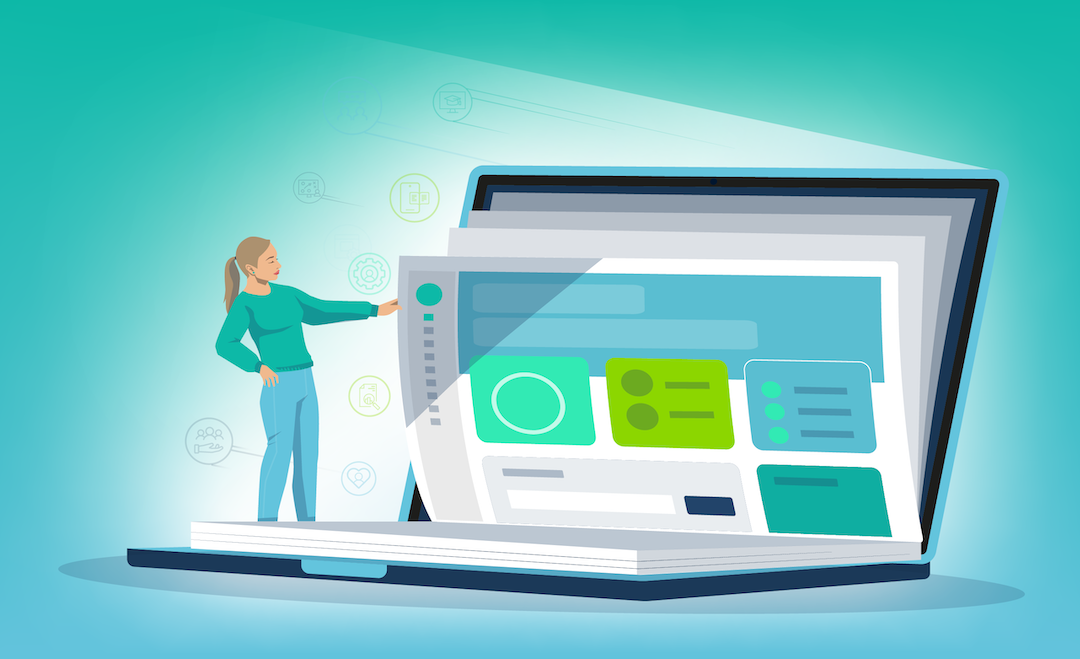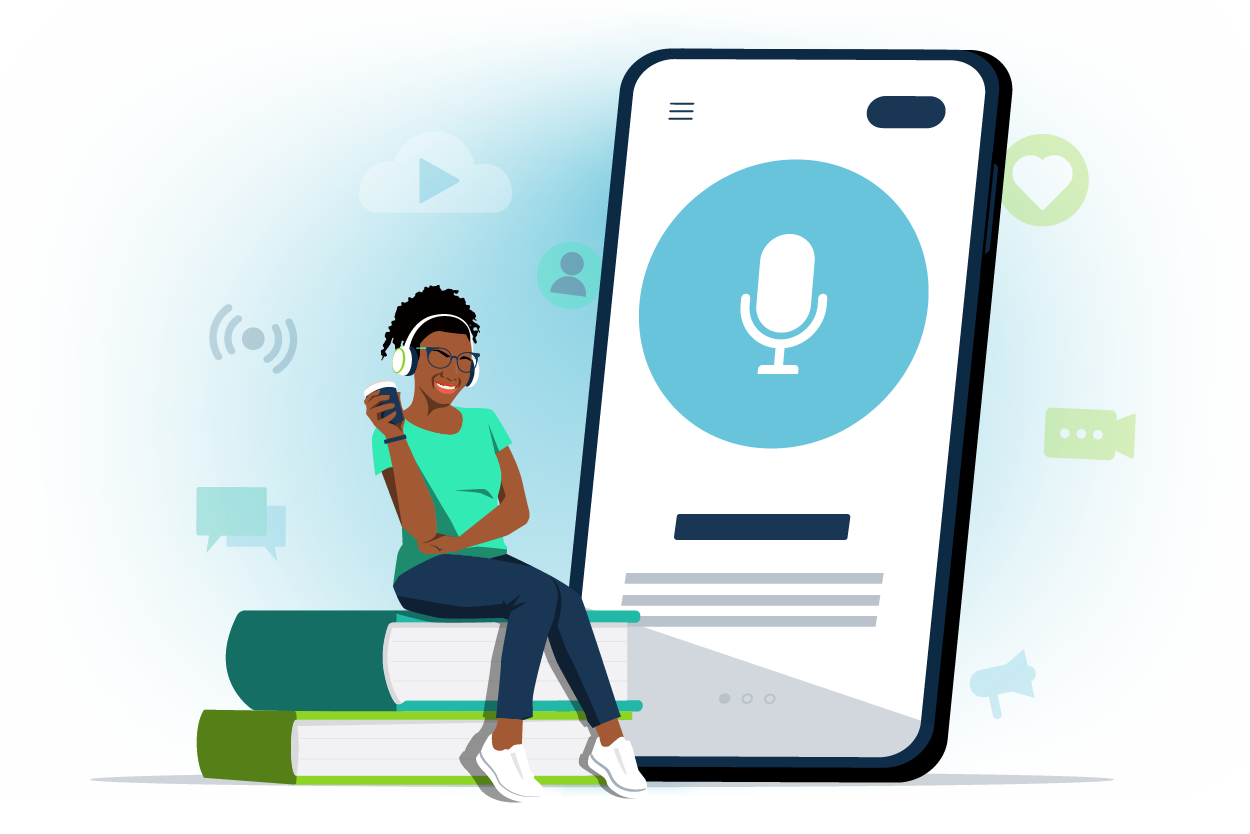
Picture this: You’re folding laundry (badly), commuting to work (reluctantly), or pretending to enjoy the treadmill (half-heartedly). Suddenly, bam, you’ve just mastered a new skill! No extra time. No screens. Just pure, guilt-free growth.
Welcome to the world of podcast-powered learning. The numbers say it all: 74% of podcast audiences actively seek out audio content to learn new things, a preference that now surpasses listening for entertainment (71%) or simply to relax (51%).
As podcast king John Lee Dumas puts it, this medium “is a great way to share your ideas and knowledge with the world”.
We couldn’t agree more. So, in this article, we’ll explore podcasts’ meteoric rise, the unique advantage audio offers for learners, and practical tips for applying this format to your learning programmes. Forget pedagogy, this article’s all about podagogy!
Ready? Then hit ‘play’ and let’s get started!
The Rise of Podcasts
Once a niche audio format, podcasts have now exploded into a cultural and educational powerhouse, transforming how we learn, stay informed, and unwind. These days, it seems like everyone, from CEOs to your next-door neighbour, has a podcast.
And look, they aren’t all winners. For every thought-provoking deep dive, there’s a meandering ramble that’s best left unheard. But as somebody who’s logged more listening hours than I’d care to admit, I can confidently say: podcasts are a goldmine for learning.
Pinpointing the exact birth of podcasts is tricky. After all, the internet was already awash with downloadable radio shows in the ‘90s. However, a widely recognised starting point is the audio RSS feed that software engineer Dave Winer developed for Christopher Lydon’s audio interviews.
This experiment became Radio Open Source, which is considered to be the first true podcast. Around the same time, Stephen Downes (the visionary behind connectivism) was pushing boundaries with Ed Radio, proving that audio content could be aggregated and syndicated like text.
Yet the term ‘podcasting’ didn’t exist until February 2004, when journalist Ben Hammersley coined it in a Guardian article. The medium then reached new heights when Apple added podcasts to iTunes in June 2005, giving creators a global platform overnight.
Another major milestone was the launch of Serial in 2014, which turned podcasts into a cultural phenomenon. The COVID-19 pandemic also triggered a major podcast boom as people sought out connection and accessible learning opportunities.
Since then, the momentum has only grown stronger, a trend we’ll explore in our next section.
The Impact of Podcasts
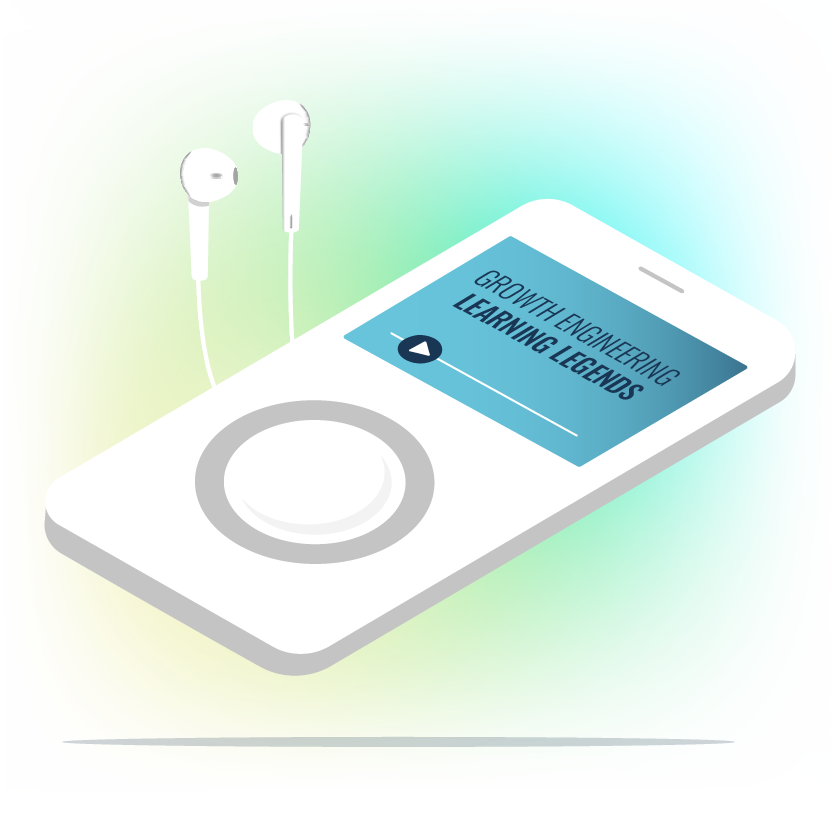
Podcasts aren’t just popular. They’ve rewritten the rules of audio consumption and they’re now a dominant force in digital media. Still not convinced? Consider this compelling evidence:
- As of mid-2025, the global podcast universe boasts an astonishing 4.5+ million registered podcasts.
- And the audience for these podcasts continues to grow. According to eMarketer, there will be 651.7 million podcast listeners by 2027.
- What’s more, 73% of people in the US have listened to a podcast at least once. They are now firmly integrated into our lives.
- In fact, 2023 marketed the tipping point where on-demand audio (like podcasts) overtook traditional radio listenership.
But podcasts are just one piece of the on-demand audio revolution. The audiobook market, for instance, is growing at 7.27% annually and will hit $13.03 billion by 2029. This shift signals a broader truth: learners increasingly prefer flexible, audio-first content.
For L&D professionals, this isn’t just noise (if you’ll excuse the pun). It’s a strategic imperative. The question isn’t whether to leverage podcasts, but how to harness their potential effectively. But before we tackle that topic, let’s break down the advantages of this approach.
The Auditory Advantage
So, why are podcasts and audio such a big deal for learning?
It’s not just about their booming popularity. It’s because they naturally align with how we learn best and offer unparalleled flexibility, which is exactly what modern learning and development calls for. Let’s explore these benefits in more detail:
- Flexibility: In our fast-paced world, finding dedicated time for learning often feels like a luxury. Traditional methods usually demand you be in a specific place or glued to a screen. The good news? Audio formats can liberate learning from the desk. According to a YouGov survey, here’s how people are already embracing this:
- 48% said they listen to podcasts while doing chores.
- 42% said they listen to podcasts on their work commute.
- 29% said they listen to podcasts while working out.
- Accessibility: For learners with visual impairments, dyslexia, or those who struggle with large blocks of text, audio can provide a less taxing pathway to knowledge. For instance, this 2020 study found that audio support helps learners with dyslexia absorb factual knowledge more effectively (though fair warning, it might take a bit longer).
- Simplicity: As cognitive load theory shows, our brains are like overworked interns. They can only handle so much before burning out. Audio learning provides cognitive relief by presenting information without visual distractions. Indeed, according to the National Literacy Trust, 42.3% of those surveyed enjoy audio, while just 34.6% enjoy reading.
Scalability: Podcasts are quick and easy to whip up, which means they can be easily integrated into your learning programmes. In fact, you can get a podcast off the ground for as little as $100, which opens up content creation to everyone. And once it’s made, you can share it with an unlimited number of learners globally for no extra cost.
- Serenity: Podcasts combat digital fatigue by allowing learners to absorb information without additional visual strain. They’re the comfort food of professional development, helping to promote a more balanced and sustainable learning experience. In fact, 52% of listeners report that audio actually improves their mood.
- Continuity: Nobody binge-watches compliance training. But podcasts are a different story. The average podcast fan devours 8+ episodes every week. This ‘bingeability’ is supported by the format’s remarkable variety. If you’re after a quick hit, then you’ll be happy to hear that 37% of podcasts clock in at under 20 minutes.
- Efficacy: Believe it or not, podcasts can enhance your learning outcomes. For instance, a survey of 117 nursing students found that podcasts are an extremely helpful learning tool, with an average usefulness score of 4.68 out of 5. Likewise, this 2024 study showed that using podcasts in learning led to ‘significantly’ improved final exam scores compared to pre-test performance.
Integrating Podcasts into Your L&D Strategy
Now we know why podcasts are effective, the crucial next step for learning professionals is knowing how to weave them into our learning programmes. With this in mind, here are our top tips for seamlessly integrating audio into your L&D strategy.
Creating Podcasts:
- Clear Structure: Most podcasts have a free-flowing, conversational feel, but a bit of structure never hurt anybody. Don’t shy away from starting with a loose script or a clear set of discussion prompts to keep your content focused. AI tools can also assist in drafting your script or outline, a technique that is already used by 42% of podcasters.
- Strategic Delivery: Don’t underestimate the power of vocal delivery. A 2024 study demonstrated that prosodic signals (like strategic changes in volume and pace) have a positive impact on learning. With this in mind, ensure your podcast hosts skilfully heighten the volume and slow down the pace at just the right moments to highlight key information.
- Offer Variety: Don’t let things get too stale. Mix up your podcast formats to sustain listener interest. For instance, consider offering:
- Skill Snapshots: 5-10 minute how-to guides
- Deep Dives: 30+ minute masterclasses
- Leadership Messages: Monthly CEO updates
- Expert Interviews: SME chats and Q&As
- Video Podcasts: While we’ve been focusing on audio content, you may also want to explore the growing trend of video podcasts. This approach can enhance engagement, especially for learners who benefit from visual cues or prefer a hybrid approach. In fact, 40% of podcast listeners prefer watchable podcasts.
Sharing Podcasts:
- Centralise Resources: Create a one-stop audio hub for all your podcast content. This could be a dedicated section within your learning management system (LMS), an internal podcast channel, or a curated repository. Don’t forget to implement clear categorisation (by skill, department, format, etc.) and offer supporting resources like transcripts and discussion guides.
- Curate Playlists: Build themed collections or learning paths within your chosen platform. For instance, why not create a ‘Manager Essentials’ or ‘AI Crash Course’ playlist? You can also integrate your audio media within existing curricula, so that it sits right alongside traditional learning materials such as eLearning modules and instructional videos.
- Incentivise Uptake: With your audio resources ready, the next step is to actively encourage engagement. Why not use gamification like badges or XP for completed playlists? You could also feature ‘Listener of the Month’ spotlights or even tie podcast engagement to career development paths.
- Foster Community: Create a community around your audio offerings. Your learners should be able to share their thoughts and feelings about the latest episodes within a dedicated discussion forum or section of your learning platform. This also provides a valuable opportunity to solicit questions that you can then address in future recordings.
While you’re right to embrace audio within your L&D strategy, it’s equally important to approach the concept of ‘learning styles’ with a balanced perspective. Audio excels not because some people are ‘auditory learners’, but because it offers flexibility, accessibility, and cognitive benefits for all learners.
Learner-Generated Podcasts
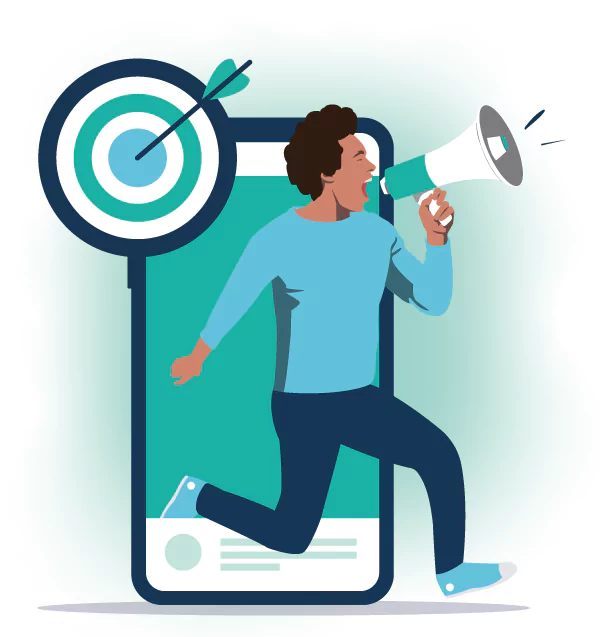
Want to supercharge engagement and knowledge retention? Then why not put your learners behind the mic?
This approach leverages the potent ‘protégé effect’, which suggests that we learn more effectively when we teach or explain information to others, even if our audience isn’t any less knowledgeable than we are.
This research-backed approach works because it requires deeper cognitive engagement (than passive listening) and encourages learners to take ownership of their content and understanding. It also provides a rich source of authentic, user-generated content.
Here’s a few ways you could pull it off:
- Summarise Sessions: Encourage your learners to record 5-minute episodes explaining key training concepts (e.g. ‘What I learned about empathy in the workplace this week’).
- Peer Interviews: Pair up your learners and ask them to interview each other about course topics. This helps to build communication skills alongside subject matter mastery.
- Audio Journals: Ask your learners to produce weekly reflection podcasts to track their skill growth. This can help them to organically identify their own knowledge gaps and areas for improvement.
- Group Projects: Form teams and challenge them to record a podcast that breaks down a complex topic. Exceptional podcasts could then be added to your official learning resources.
Don’t let this great content stay siloed. Where possible, encourage your learners to share their efforts through your LMS or social learning platform. Just remember to take the time to review their output and provide constructive feedback as necessary.
The Limitations of Audio Content
While podcasts and audio formats offer powerful advantages, it would be wrong not to acknowledge their limitations. As learning professionals, we know that no single medium is a silver bullet solution for every learning challenge.
For instance, certain topics are inherently visual and can be very difficult, if not impossible, to effectively convey through audio alone. Think data analysis, software demonstrations, and safety procedures. A mixed format approach would work best here.
What’s more, unlike text documents which can be easily skimmed or searched, audio content can be challenging to navigate linearly. Finding that one golden insight in an hour-long podcast is like trying to find a needle in a digital haystack.
Even the much-vaunted flexibility of podcasts can be a double-edged sword. Your learners will listen to this content while performing other tasks. This prevents full cognitive engagement, which in turn impacts the amount of information that gets absorbed and retained.
With all this in mind, you’re probably best set using podcasts strategically, as part of a wider blended learning approach. So, while our dreams of a podcast-only university might have to wait, their power within a well-designed learning ecosystem is still undeniable!
Final Words
There we have it. Podcasts and audio content are a game-changer in learning because they’ve changed when and where we can grow. That means no more waiting for the perfect moment. Now you can remove the shackles from your desk and learn…
- While walking the dog
- While grabbing a coffee
- And while dancing the funky chicken
Thanks to this flexible medium, the world truly becomes your classroom. Naturally, this approach will have benefits for your organisational learning efforts too. The only question is how creatively you’ll harness its power.
We recommend starting small and deploying podcast-powered learning as part of a broader L&D strategy. If you can achieve this, then your learners will thank you for their newfound freedom. Now, if you’ll excuse us it’s time to cue the outro music!
Thanks for reading. If you’ve enjoyed this content, please connect with me here or find more articles here.
Podcasts and audio-based learning are powerful tools, but they represent just one small part of a comprehensive L&D strategy. For a full rundown of essential approaches and resources, download ‘The L&D Professional’s Handbook’ now!

